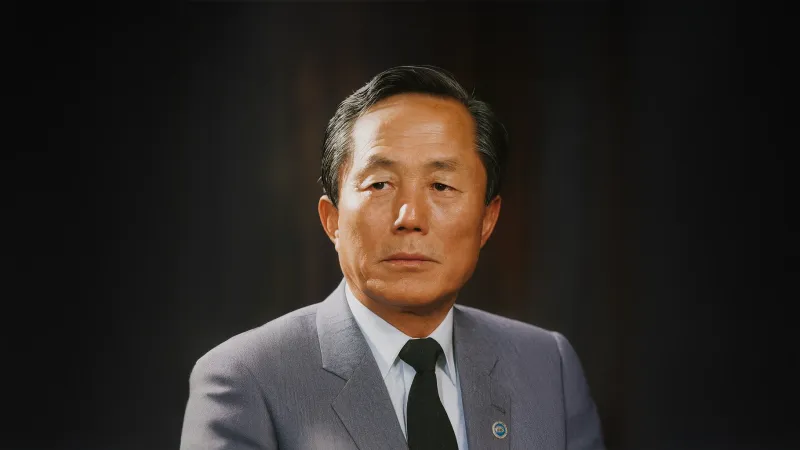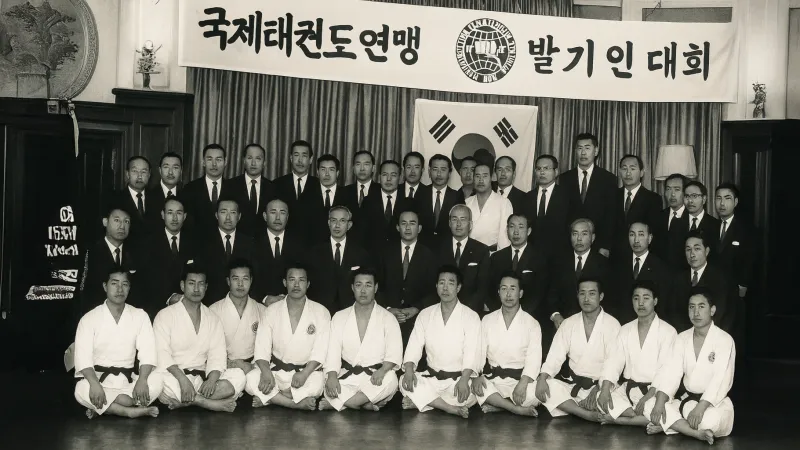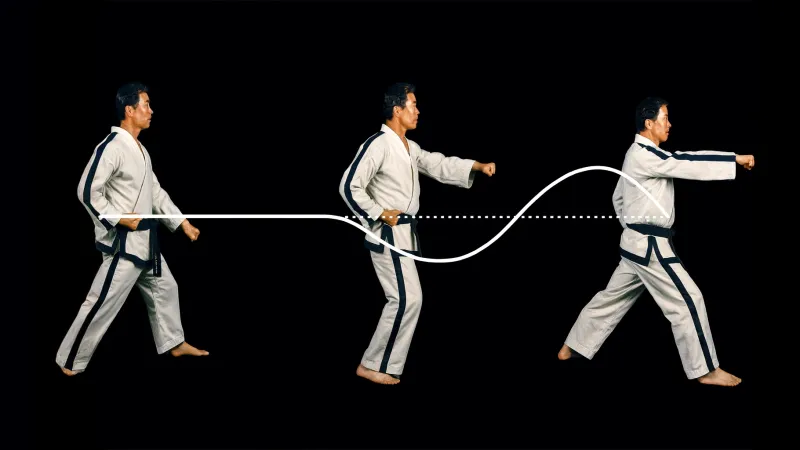
Origins of Taekwon-Do
Taekwon-Do is a modern Korean martial art officially named on April 11, 1955 by General Choi Hong Hi (1918–2002). The name combines three Korean words: • Tae (태) – to smash or destroy with the foot • Kwon (권) – to strike or block with the fist or hand • Do (도) – the way, path, or philosophy Together, Taekwon-Do means “The Way of the Foot and the Fist”, but more deeply, it signifies a martial discipline that unites physical technique with moral culture and a lifelong path of self-improvement.

Founding of the ITF
The International Taekwon-Do Federation (ITF) was founded by General Choi on March 22, 1966, in Seoul, Korea. The ITF’s mission was to spread Taekwon-Do worldwide as both a martial art and a cultural heritage of Korea. Key features of the ITF approach included: • A structured technical syllabus of patterns (Tuls), fundamental movements, sparring formats, and self-defense applications. • A strong emphasis on moral culture, discipline, and personal development. • Codified standards for instruction, gradings, and international seminars. From its inception, the ITF expanded rapidly across Asia, Europe, the Americas, and Africa, establishing itself as the first global Taekwon-Do organization.
The Philosophy of ITF Taekwon-Do
Central to ITF Taekwon-Do is the integration of physical training with ethical values. Practitioners are expected to embody the Five Tenets of Taekwon-Do: 1. Courtesy (Ye Ui) – to respect others and show humility 2. Integrity (Yom Chi) – to act with honesty and moral principles 3. Perseverance (In Nae) – to continue despite difficulty 4. Self-Control (Guk Gi) – to regulate emotions and behavior 5. Indomitable Spirit (Baekjul Boolgool) – to show courage in the face of adversity The “Do” element reminds students that Taekwon-Do is not only about fighting skills but about developing character, discipline, and social responsibility.
Technical System
The ITF system is one of the most structured and comprehensive martial art curricula. It includes: Fundamental Movements • Basic stances, hand techniques, and foot techniques, which build correct body mechanics and power generation. Patterns (Tuls) • A series of 24 patterns, symbolizing 24 hours in a day, representing the life of a Taekwon-Do practitioner. • Each pattern carries symbolic meaning, often connected to Korean history, philosophy, or national heroes. Sparring (Matsogi) • Step sparring (three-step, two-step, one-step) for developing distance, timing, and control. • Free sparring to apply techniques dynamically. Self-Defense (Hosinsul) • Techniques against grabs, holds, and armed attacks, emphasizing practical application. Breaking (Kyokpa) • Tests of power and precision through the breaking of boards, tiles, or other objects using fists, feet, or elbows.

Distinctive Features of ITF Taekwon-Do
• Sine Wave Motion: ITF techniques employ a rising and falling body motion (sine wave) to maximize power generation through acceleration and mass. • Scientific Principles: General Choi emphasized Newtonian physics and biomechanics, codifying Taekwon-Do as a “scientific martial art.” • Patterns as Core Training: The Tuls are central to training and embody philosophical lessons as well as technical practice.
Global Spread and Legacy
After its founding, the ITF spread rapidly across the world, especially in Europe and the former Eastern Bloc, where Taekwon-Do flourished in the 1960s–1980s. Today, ITF schools and associations exist in over 100 countries, with millions of practitioners. Following General Choi’s death in 2002, the ITF underwent organizational divisions, but the system of patterns, philosophy, and technical structure remains globally recognized and preserved.